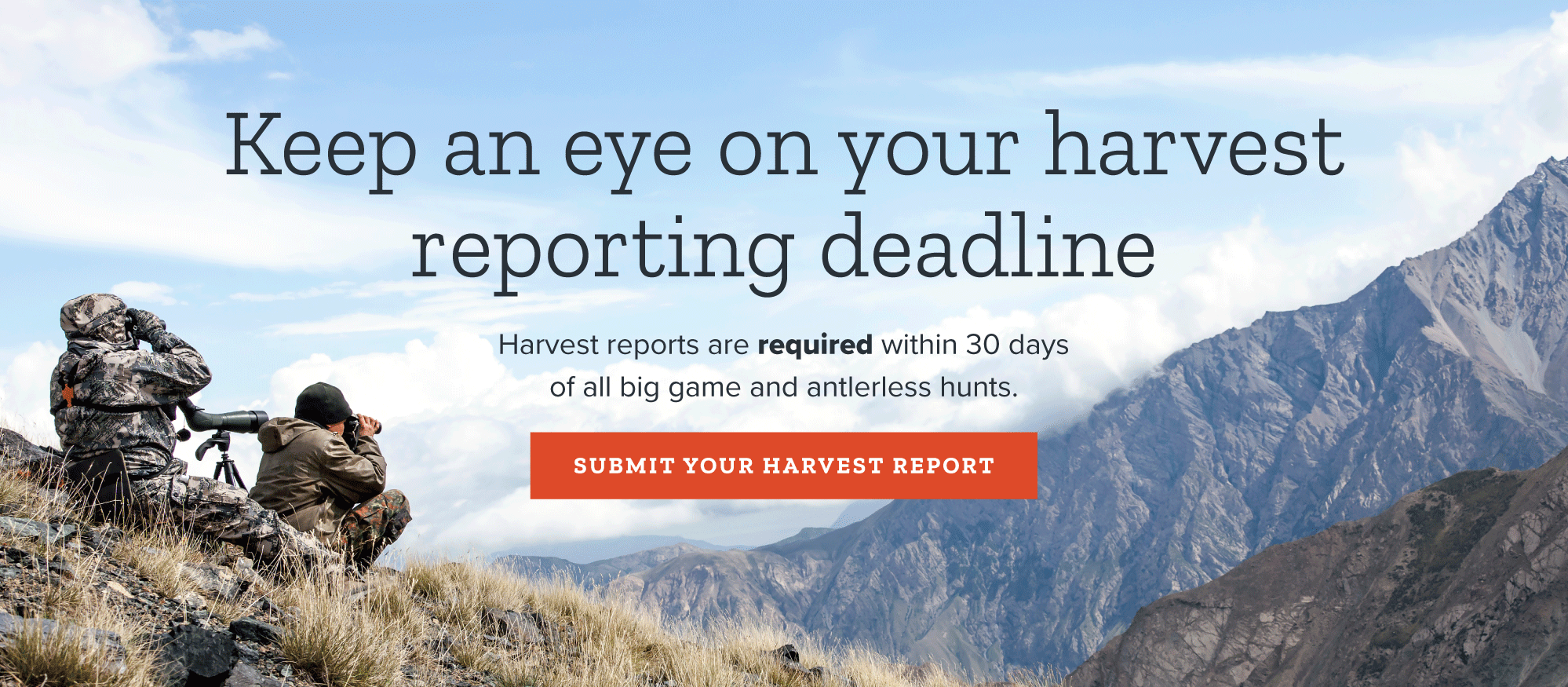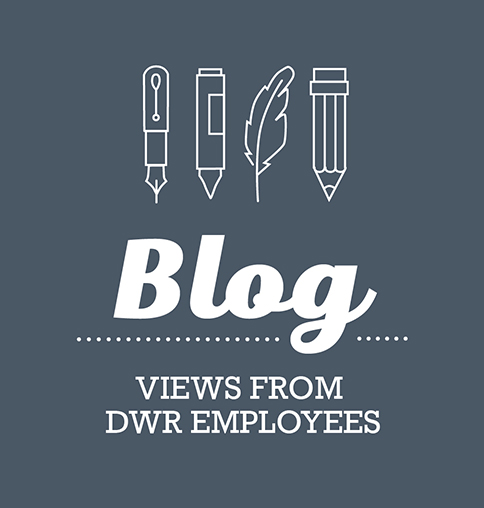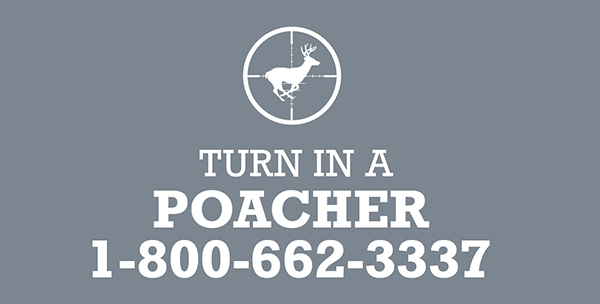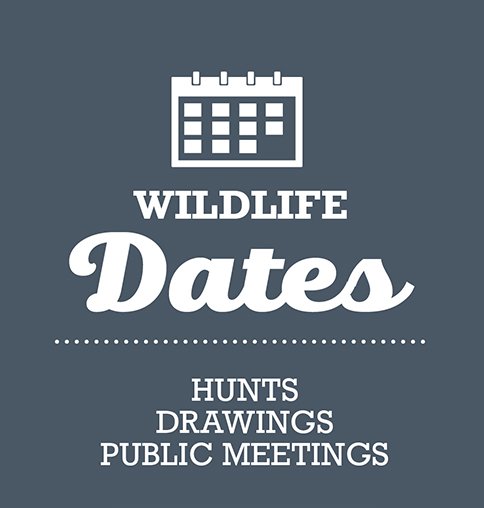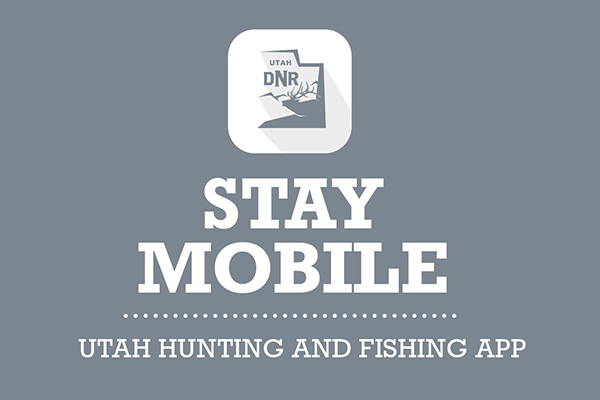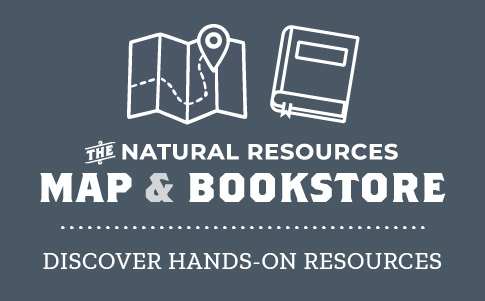Important: This information is about the 2018 antlerless hunt and is provided for reference only. View the latest antlerless application guidebook.
Planning your Utah's 2018 antlerless hunt
Information you'll need to apply for a 2018 permit.
Are you interested in hunting an antlerless big game animal during the 2018 season? Here's the information you'll need to apply for a permit.
- Learn when you can apply for a permit.
- Find out what's new and other important information about the 2018 season.
- Review antlerless season dates, hunt tables and permit fees.
- Make sure you meet the basic requirements to obtain a permit.
- Learn how to obtain a permit.
Emergency guidebook changes
— Important changes and corrections made after the guidebook was printed.
The following emergency change has been made and is in effect beginning July 26, 2018:
Private-Lands-Only Antlerless Elk Permits – South Slope, Diamond Mtn/Vernal and South Slope, Bonanza/Vernal (Uintah and Daggett Counties)
Effective July 26, 2018, an administrative error led to the South Slope, Diamond MTN/Vernal Unit being allocated 300 Private-Lands-Only antlerless elk permits. However, the intended unit is the South Slope, Bonanza/Vernal.
There is very little agricultural land on the Diamond Unit and it is managed as a Limited Entry Bull unit. Therefore, the unit is not appropriate for a Private Lands Only antlerless elk hunt and may interfere with Limited Entry management objectives. Additionally, the elk population on Diamond Unit has been decreasing and is below objective. Allocating antlerless elk permits through the Private Lands Only program in addition to those permits already approved by the Wildlife Board may be detrimental to the population.
The South Slope, Bonanza/Vernal unit should be allocated the 300 permits as intended because much of the private property on this unit are agricultural lands along the Green River where landowners are experiencing elk depredation. Hunting pressure will hopefully move elk off of these lands and to areas with less human-wildlife conflict.
Except for other emergency changes made since January 1, 2018 all other rules established in the 2018 Antlerless Application Guidebook remain in effect.
Application dates
You can apply online for an antlerless permit from May 31–June 21, 2018. The pages linked above will provide all of the information and tools you need in order to apply.
| Apply online | May 31, 2018 |
| Application deadline | June 21, 2018 |
| Drawing results available | July 12, 2018 |
| Remaining permits available | July 26, 2018 |
You'll be emailed your drawing results on or before July 12, 2018. You can also learn your drawing results online, by calling 1-800-221-0659 or contacting a DWR office during business hours. To protect your privacy and to comply with changes in governmental records access laws, you'll receive access to only your own drawing results.
What's new this year?
New hunts: For the 2018 season, the Utah Wildlife Board has approved new hunts for antlerless deer, antlerless elk, doe pronghorn and cow moose. See a list of new hunts for 2018.
Changes to the Hunter Mentoring program: The Utah Wildlife Board recently approved substantial changes to the Hunter Mentoring program. Learn more about the changes and how to participate in the program.
Unit boundary and name changes: Many antlerless hunt unit boundaries and names have changed this year. See detailed hunt boundary information.
Other things to keep in mind
Obtain up to three elk permits: You may obtain up to three elk permits per year — as long as at least two of the permits are for antlerless elk—but you can only apply for or obtain one antlerless elk permit in the drawing.
Check the Utah Hunt Planner: The Utah Hunt Planner is an online tool you can use to be better prepared for your next Utah hunt. It contains in-depth information on Utah's antlerless hunting units, including notes from the managing biologists and details about the units’ antlerless big game populations, accessibility, habitat, safety and weather.
Review harvest data from previous years: The antlerless harvest data from previous years may be useful as you decide where to apply for permits.
Private-lands-only antlerless elk permits: This year, the DWR will again offer private-lands-only antlerless elk permits. These permits are only valid on private lands on select hunting units. Do not purchase one of these permits without knowing the laws that regulate hunting on private lands.
Big Game Field Regulations Guidebook: All big game field regulations — for both antlered and antlerless animals—are in the 2018 Utah Big Game Field Regulations guidebook. Printed copies will be available from license agents and DWR offices in early June.
Antlerless harvest reporting
If you obtain an antlerless permit this year, don't forget complete a harvest report after your hunt ends.
Visit the report your game harvest page and click the appropriate button. Then, you can log in and complete your harvest report.
If you prefer to complete your harvest report over the phone, call 1-800-221-0659. The line is staffed 24 hours per day, seven days a week.
Hunting license required: Before you can apply for a 2018 antlerless permit, bonus point or preference point, you must have a valid Utah hunting or combination license. You can purchase a license today or when you apply for an antlerless permit.
Apply for permits online or by phone: If you plan to hunt antlerless big game in Utah this year, you must apply for a permit online or by phone no later than June 21, 2018. There's an 11 p.m. MDT deadline for online applications and a 5 p.m. MDT deadline for phone applications. Apply online, beginning May 31, or call any DWR office.
Flexibility in using antlerless elk permits: If you obtain two antlerless elk permits for the same area — but the permits are for different seasons — you may harvest both elk during the same season. And don't forget that you can use your antlerless permit during your buck or bull season, as long as it's for the same area. See the information box for details.
Opportunity for youth: Twenty percent of the permits for antlerless deer, antlerless elk and doe pronghorn have been reserved for hunters who will be 17 or under on July 31, 2018.
Season dates, hunt tables and boundary maps
Season dates vary, depending on the species and the area. For season date listings, see the 2018 antlerless hunt tables:
- Antlerless deer and CWMU antlerless deer hunts
- Antlerless elk and CWMU antlerless elk hunts
- Antlerless moose hunts
- Doe pronghorn and CWMU doe pronghorn hunts
- Maps and boundaries for hunting areas
Permit fees
| Permit | Resident | Nonresident |
|---|---|---|
| Antlerless deer | $30 | $93 |
| Two-doe deer | $45 | $171 |
| Antlerless elk control | $30 | $93 |
| Antlerless elk (general season) | $50 | $218 |
| Antlerless elk (private lands only) | $50 | $218 |
| Antlerless moose | $213 | $713 |
| Doe pronghorn | $30 | $93 |
| Two-doe pronghorn | $45 | $171 |
| CWMU antlerless deer | $30 | $93* |
| CWMU two-doe deer | $45 | $171* |
| CWMU antlerless elk | $50 | $218* |
| CWMU doe pronghorn | $30 | $93* |
| CWMU two-doe pronghorn | $45 | $171* |
| * Nonresidents may only obtain CWMU permits through the CWMU operator. See a list of hunts on CWMU properties. | ||
Know the rules
These antlerless pages summarize some of Utah's big game hunting laws and rules.
Under many of the headings on these pages, you'll see code references—such as Utah Code § 23-20-25 and Utah Administrative Rule R657-5-24—that are linked to the detailed statute or rule that underpins the summary. If you have questions about a particular subject, take a minute to click the links and read the rules.
You are also welcome to call or visit the nearest DWR office if you have additional questions. For an in-depth look at all of Utah's big game hunting laws and rules, visit the Utah Division of Wildlife Resources Administrative Rules web page.
Who makes the rules?
The Utah Wildlife Board passes the rules and laws summarized in this guidebook.
There are seven board members, and each serves a six-year term. Appointed by the governor, board members are not DWR employees.
The DWR's director serves as the board's executive secretary but does not have a vote on wildlife policies.
Before board members make changes to wildlife rules, they listen to recommendations from DWR biologists. They also receive input from the public and various interest groups via the regional advisory council (RAC) process.
If you have feedback or suggestions for board members, you can find their contact information online.
Wildlife Board members
- Kirk Woodward — Chair
- Byron Bateman — Vice Chair
- Mike Fowlks — DWR Director & Executive Secretary
- Kevin Albrecht
- Calvin Crandall
- Steve Dalton
- Karl Hirst
- Donnie Hunter
